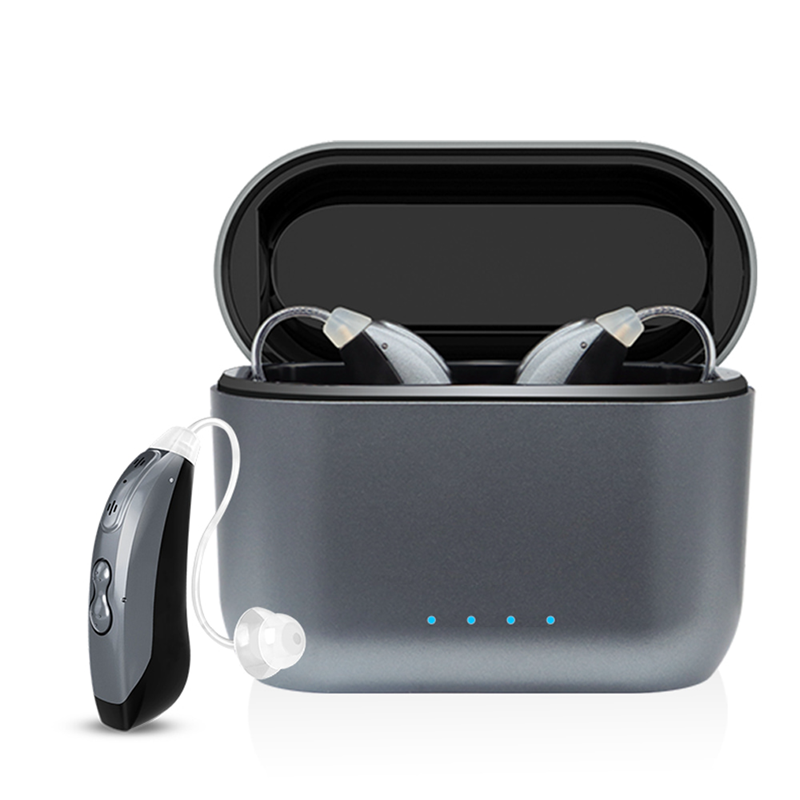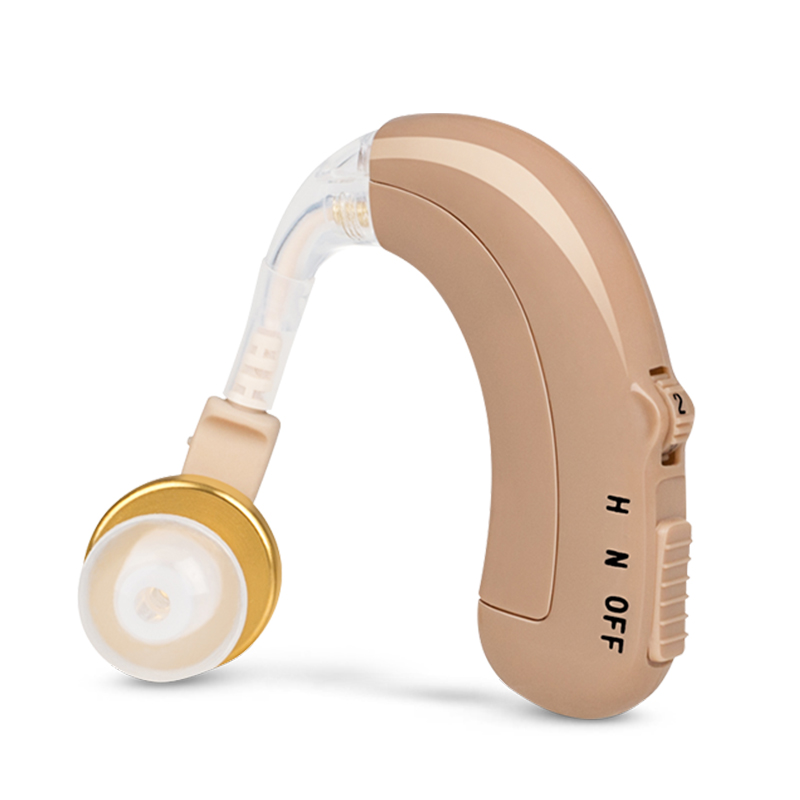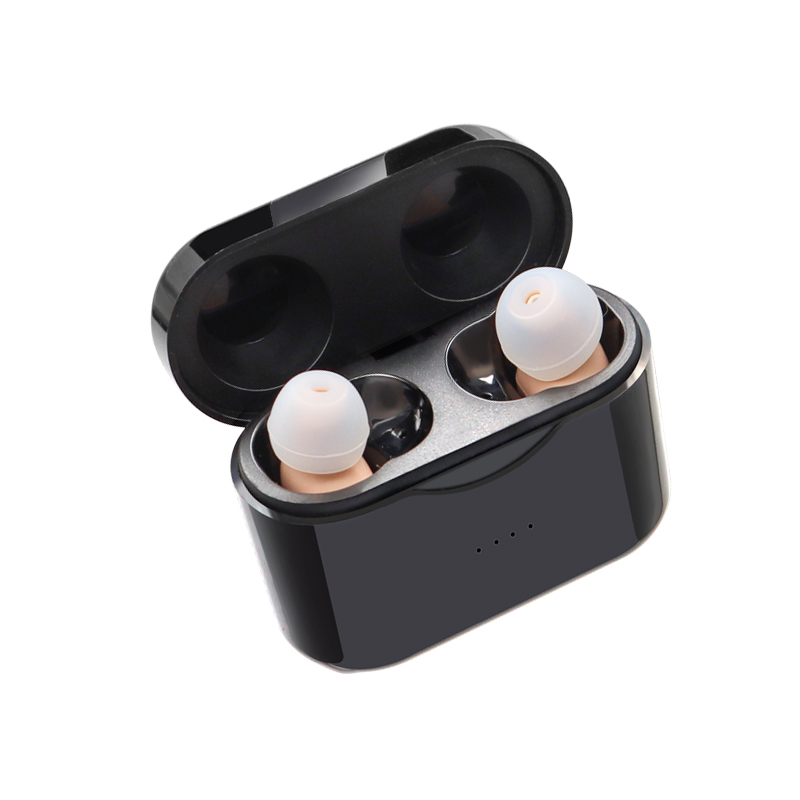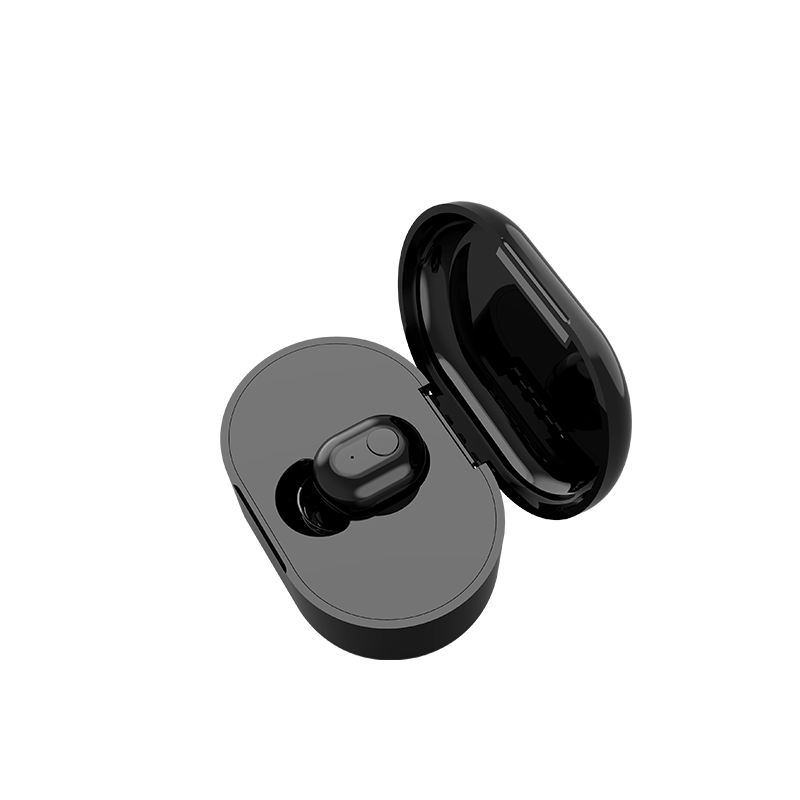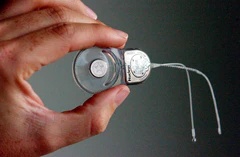
Though cochlear implants have been the go-to product for people with major hearing loss, a new, more subtle device is lately making noise. These devices, sometimes nicknamed “bionic ears,” are implanted under the skin to allow sound conduction and amplification without any equipment visible on the outer ear.
Bone to Hear, the Mechanisms of the Cochlear Implant
The science behind the “bionic ear” differs from cochlear implants at one crucial point: the middle ear. In the middle ear of healthy individuals, three small bones called the malleus, incus and stapes vibrate from sound waves. They percuss the cochlea, which contains fluid and hair cells. The rippling of the cochlear fluid and hair cells produces an electrical stimulus for the auditory nerve. If the cochlea is dysfunctional, sound waves have no effect on the auditory nerve.Cochlear Implant vs. Bionic Ear
Cochlear implants have an external component worn on the outer ear that captures sound with a microphone. The sound is converted and transmitted to an internal component, the implant, which is under the skin. The implant sends electrical information directly to the auditory nerve, bypassing damaged parts of the ear that impair hearing. While cochlear implants bypass these bones, new devices focus on them. A sensor placed under the skin picks up vibrations from the middle ear bones and converts them to electrical signals, which are sent to a sound processor in the cochlea to stimulate the auditory nerve.Cochlear Implant as a National Sensation
The first of these devices, the Esteem, was marketed in America by Envoy Medical Corp. and gained Food and Drug Administration (FDA) approval in 2009. It was featured on CBS news’ The Doctors, and one of the first patients to receive the Esteem implant made the news in Phoenix, AZ in January. Engineers at the University of Utah and Case Western Reserve University developed another version of the “bionic ear” and published their findings in the journal Transactions on Biomedical Engineering in 2012. The research was conducted on four cadavers, so the sound output from the microphones went to speakers instead of a speech processor. Trials in live subjects are yet to come; meanwhile, researchers recorded what Beethoven’s Fifth Symphony sounds like from the speakers connected to their hearing device.by Estie Neff, Updated in 2022
The above is the interpretation of How Do Cochlear Implants (Bionic Ears) Work? provided by Chinese hearing aid supplier Shenrui Medical. Link https://www.srmcm.com/Blog/How_Do_Cochlear_Implants_Bionic_Ears_Work.html of this article is welcome to share and forward. For more hearing aid related information, please visit Blog or take a look at our Hearing aids products


